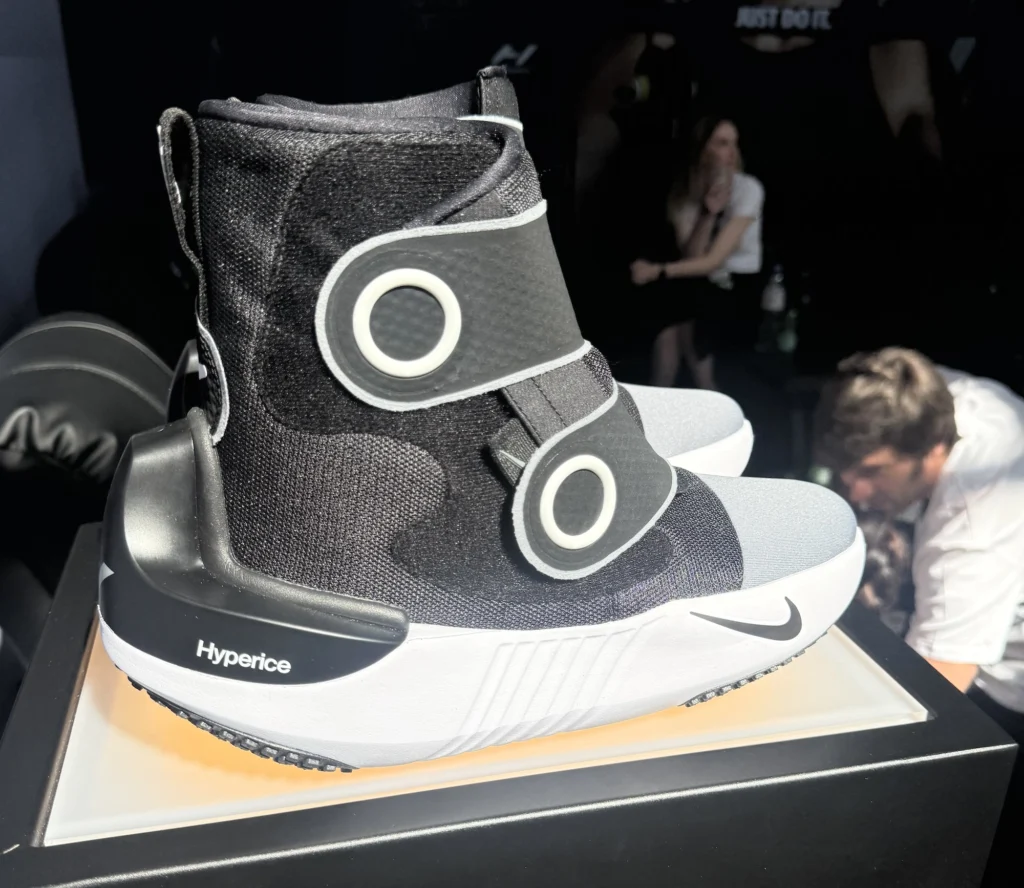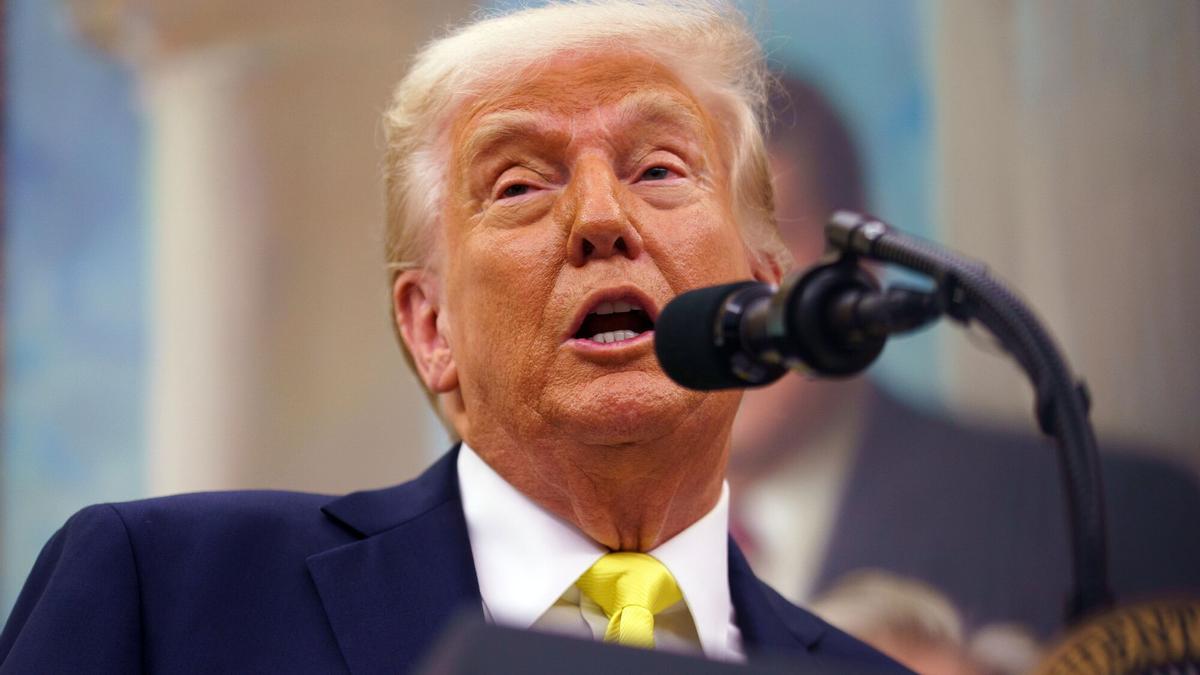FIBO 2025: europe Flexes Its Fitness Industry Muscle
Table of Contents
- 1. FIBO 2025: europe Flexes Its Fitness Industry Muscle
- 2. Europe’s Fitness Boom: Numbers Don’t Lie
- 3. Boutique Fitness: A european Awakening
- 4. Strength Training and Tech Take Centre Stage
- 5. Recovery and wellness: A Holistic Approach
- 6. Hospitality Gets Fit: A New Era of Wellness Tourism
- 7. Considering European market trends, which fitness innovation do you believe will have the biggest impact in the next five years?
- 8. Archyde Interview: Navigating the European Fitness Boom with Dr. Anya Sharma
Cologne, Germany – The fitness world converged at FIBO 2025, signaling robust growth and evolving trends in the European market. From strength training innovations to the integration of wellness in hospitality, the event showcased a dynamic industry landscape.
Europe’s Fitness Boom: Numbers Don’t Lie
FIBO 2025,held in Cologne,Germany from April 10-13,drew over 150,000 attendees from 129 countries,underscoring the global appeal and expanding influence of the European fitness market. The event hosted a diverse group, including C-suite executives, fitness influencers, and everyday consumers enthusiastic about health and wellness.
The sheer scale of FIBO demonstrates the fitness industry’s increasing relevance in Europe. This isn’t just a passing fad; it’s a basic shift in lifestyle priorities, with notable economic implications. For U.S.companies eyeing international expansion, Europe is quickly becoming an unmissable market.
Adding fuel to the fire, a joint report by EuropeActive and Deloitte, released just before FIBO, revealed impressive growth statistics. European fitness memberships surged to 71.6 million in 2024, generating €36 billion (approximately $39.8 million USD) in revenue – both record highs. The report optimistically projects that Europe will reach 100 million fitness memberships by 2030.
This growth trajectory presents immense opportunities for businesses, but also necessitates a nuanced understanding of the European market’s unique characteristics.What works in the U.S. might not translate directly to Europe.
| Metric | 2024 Value | Projected 2030 |
|---|---|---|
| Fitness Memberships | 71.6 million | 100 million |
| Industry Revenue | €36 billion ($39.8 million USD) | N/A (Projected to Continue Growing) |
Boutique Fitness: A european Awakening
The European Health & Fitness Forum (EHFF), a pre-FIBO event, served as a platform for industry leaders to dissect the Deloitte-EuropeActive report and strategize for the future. A key topic of discussion was the burgeoning boutique fitness sector across continental Europe.
While boutique fitness has been a fixture in cities like London and New York for years, it’s only now gaining significant traction in continental Europe. This trend reflects a growing demand among European consumers for premium, specialized fitness experiences.
Boutique fitness, which is quite old already in London and New York, is still starting in continental Europe.That is … a massive prospect.Benjamin Roth, CEO of Urban Sports Club
Roth’s observation highlights a critical window of opportunity for both European and American brands. Europe-based gym and studio chains are already capitalizing on this trend, and U.S. brands like Orangetheory Fitness are aggressively pursuing European expansion. For American companies, success in this market hinges on adapting their models to suit local preferences and cultural nuances.
Strength Training and Tech Take Centre Stage
The FIBO show floor was dominated by strength training equipment, Pilates reformers, and AI-powered fitness technology, offering a glimpse into the future of fitness. Major players like Technogym,EGYM,Life Fitness/Hammer Strength,and Matrix Fitness showcased their latest innovations.
Technogym, for example, introduced its new Pilates reformer, signaling the company’s strategic entry into the booming Pilates market. This move reflects a broader trend of fitness companies diversifying their offerings to cater to a wider range of consumer interests.
REP Fitness, fresh off its direct-to-consumer launch in the UK, also had a significant presence, displaying its range of strength training equipment. This expansion underscores the growing demand for home fitness solutions, a trend accelerated by the COVID-19 pandemic.
Hyrox, the viral fitness racing brand, arguably made the biggest splash at FIBO 2025. The company hosted a live Hyrox Cologne event within the exhibition halls, allowing attendees to witness the intensity of Hyrox competitions firsthand. Hyrox also promoted its Hyrox 365 solution for gyms and studios, along with its partnerships with brands like Centr and Puma.

Recovery and wellness: A Holistic Approach
Beyond traditional fitness equipment, FIBO 2025 highlighted the growing importance of recovery and wellness. Hyperice partnered with Nike to offer attendees a sneak peek at their upcoming nike x Hyperice recovery shoes. Nike also displayed its new line of strength training equipment, demonstrating a complete approach to athletic performance and recovery.

This emphasis on recovery aligns with a broader trend of consumers seeking holistic wellness solutions that address not just physical fitness but also mental and emotional well-being. American companies that can integrate recovery and wellness into their product offerings will be well-positioned to succeed in the European market.
Hospitality Gets Fit: A New Era of Wellness Tourism
FIBO 2025 also underscored the increasing convergence of the fitness and hospitality industries.the event’s Longevity & Hospitality Summit brought together executives from major hotel brands to discuss the integration of wellness and longevity offerings for guests.
This trend reflects a growing demand among travelers for wellness-focused experiences. luxury hotel guests, in particular, are increasingly viewing wellness amenities not as a luxury but as an expectation.
It’s the most annoying thing when you travel and instead of using a hotel to optimize your nutrition, to optimize your sleep, you’re being disrupted.Mattheos Georgiou, Senior Vice President for Siro and Rare Finds
Georgiou’s statement encapsulates the shifting mindset of travelers who prioritize health and well-being even while on the road. He further added:
We now see people networking in the infrared sauna instead of the cigar lounge. We’ve seen the yoga studio being booked for social gatherings instead of the bar. So the (guest mindset) is shifting.
This integration of fitness and wellness into the hospitality industry presents significant opportunities for partnerships between fitness brands and hotel chains. Imagine Peloton bikes in hotel gyms, or curated healthy meal options designed in collaboration with nutrition experts. These are the types of collaborations that will define the future of wellness tourism.
Considering European market trends, which fitness innovation do you believe will have the biggest impact in the next five years?
Archyde Interview: Navigating the European Fitness Boom with Dr. Anya Sharma
Archyde News – In the wake of FIBO 2025, we sat down with Dr. Anya Sharma, a leading fitness industry analyst specializing in european market trends, to gain deeper insights into the continent’s rapidly evolving fitness landscape.
Interviewer: Archyde News Editor
Archyde News: Dr.sharma,thank you for joining us. FIBO 2025 painted a vibrant picture of the European fitness market. What were your primary observations from the event?
Dr. Sharma: It was truly remarkable. The sheer scale of FIBO, coupled with the data from the EuropeActive and Deloitte report, confirms what we’ve been anticipating: Europe is experiencing a notable fitness boom. The energy was palpable, from the strength training innovations to the emphasis on holistic wellness.
Archyde News: The report highlights notable growth in memberships and revenue. What’s driving this surge in the European market, specifically?
Dr. Sharma: Several factors are at play. Increased awareness of health and wellness, changing lifestyle priorities, and a growing affluence in certain European regions all contribute. The boutique fitness trend, as Benjamin Roth mentioned, is a powerful driver, offering consumers premium, specialized experiences. This shift emphasizes a desire for more personalized fitness journeys.
Archyde News: Boutique fitness seems to be a key area of expansion. From your outlook, what are the key opportunities and challenges for both European and U.S. brands in this segment?
Dr.Sharma: The opportunity is immense. Though, both European and American brands must understand the nuances of the European market. U.S. brands need to adapt their models to align with local preferences and cultural norms. Prosperous strategies will consider the specific demands of local demographics, and adapt to marketing accordingly. For European brands, the challenge is staying ahead of the innovation curve and capturing a larger slice of this market.
Archyde News: Strength training and tech integration were prominent at FIBO. How is this shaping the future of fitness?
Dr. Sharma: Technology is revolutionizing how we train and recover. The rise of AI-powered fitness solutions is a game-changer. The presence of companies like technogym and REP Fitness, along with the Hyrox event, underscores the importance of innovative equipment and personalized training experiences. The focus on recovery, as demonstrated by nike and Hyperice, also signifies a shift towards a more complete approach to fitness.
Archyde News: the convergence of fitness and hospitality is another exciting progress. What do you see as the potential of wellness tourism?
Dr. Sharma: It’s a major growth area. Travelers increasingly prioritize their well-being, and hotels are responding.imagine Peloton bikes in hotel gyms,curated healthy meal options,and dedicated wellness spaces. Strategic collaborations between fitness brands and hotels will be key to the future of wellness tourism. It is about lifestyle and the industry is working to meet the expectations of modern clients.
Archyde News: Considering these trends, what advice would you give to businesses looking to establish or expand their presence in the European fitness market?
Dr. Sharma: Conduct thorough market research. Understand the local culture, consumer preferences, and competitive landscape. Prioritize data-driven decision-making. Focus on providing personalized experiences, and integrate technology to enhance the customer journey.Be adaptable, and foster strategic partnerships. The European market is not monolithic; differentiation is essential.
Archyde News: Considering European market trends, which fitness innovation do you believe will have the biggest impact in the next five years?
Dr. Sharma: This is a tricky question, but if I have to choose I would say the convergence of fitness technology with personalized health data, combined with the rise of social, gamified fitness will change our approach to fitness in the coming years.
Archyde News: Thank you, Dr.Sharma, for your valuable insights.
Dr. Sharma: My pleasure.
Archyde News: What aspects of the European fitness market are you most intrigued by? Share your thoughts in the comments below!





